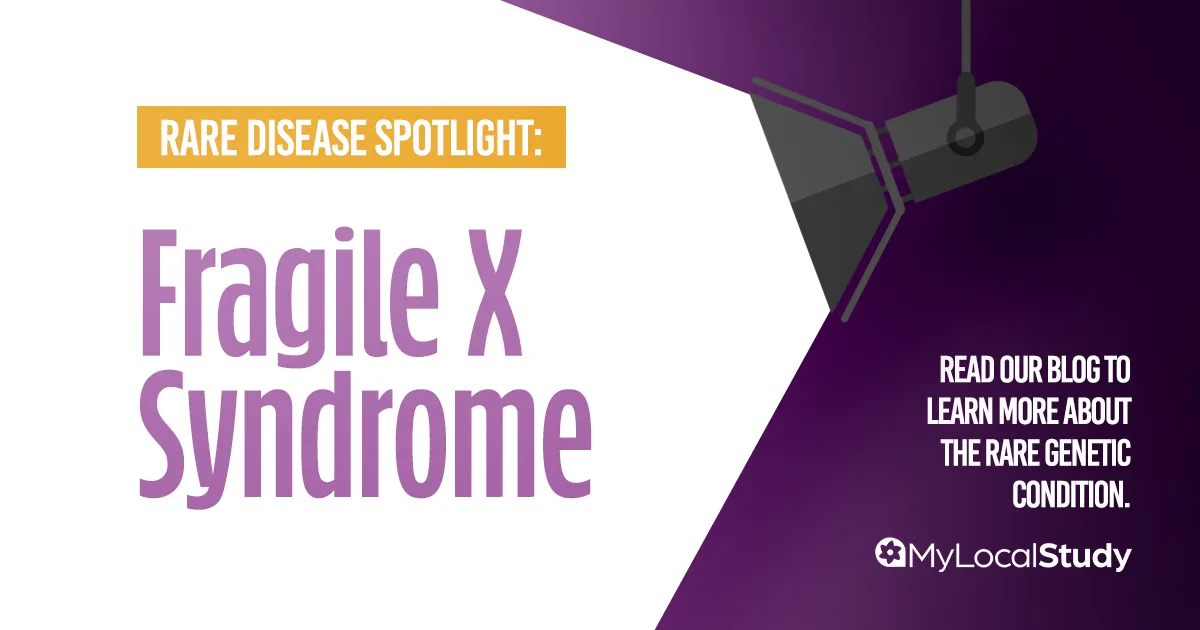Fragile X Syndrome (FXS) is a rare genetic condition that affects individuals in varying degrees, impacting cognitive and social development. Caused by a mutation in the FMR1 gene, FXS is characterized by a range of symptoms, and no known cure. Read our latest blog on Fragile X Syndrome, exploring its complexities, fostering awareness and support for those navigating the unique challenges posed by this rare genetic disorder.
What is Fragile X Syndrome?
Fragile X Syndrome is a genetic condition resulting from a mutation in the FMR1 gene located on the X chromosome. Typically, this gene produces a protein necessary for normal brain development. However, in cases of FXS, a repetition of the CGG sequence causes the gene to become fragile and unable to produce the required protein. The mutation is hereditary, with carriers of the mutated gene passing it on to their children. FXS is the leading known cause of inherited intellectual disability and autism spectrum disorder.
Prevalence of Fragile X Syndrome:
Fragile X Syndrome (FXS) is considered a relatively rare genetic disorder, but its prevalence highlights its significance within the medical landscape. It is estimated that FXS occurs in approximately 1 in 4,000 males and 1 in 8,000 females. However, the carrier frequency is higher, with about 1 in 250 women and 1 in 800 men carrying the pre-mutation of the FMR1 gene, which increases the risk of having a child with FXS. The prevalence of FXS varies among different populations and ethnicities, emphasizing the importance of understanding its global impact. Despite its rarity, the profound impact of Fragile X Syndrome underscores the need for continued research, awareness, and support within the medical community.
Symptoms of Fragile X Syndrome:
Individuals with Fragile X Syndrome exhibit a spectrum of symptoms that can vary in severity. These may include intellectual disabilities, developmental delays, social and behavioral challenges, hyperactivity, and sensory sensitivities. Additionally, physical features such as an elongated face and large ears may be observed. Recognizing these symptoms early is crucial for timely intervention and support.

Management and Ongoing Research:
While there is currently no cure for Fragile X Syndrome, management strategies focus on addressing specific symptoms. Behavioral and educational interventions, along with medications, aim to enhance the individual’s quality of life. Ongoing research is at the forefront of exploring potential treatments, including targeted therapies that aim to address the underlying genetic mutations. Advances in understanding the genetic basis of FXS offer hope for the development of more effective interventions in the future.
This spotlight aims to raise awareness about Fragile X Syndrome, encouraging a deeper understanding of the challenges faced by individuals affected by this rare genetic disorder. By exploring the complexities of FXS, we hope to pave the way for increased support and advancements in research and treatment options. Discover Fragile X Syndrome research studies on MyLocalStudy.com.

